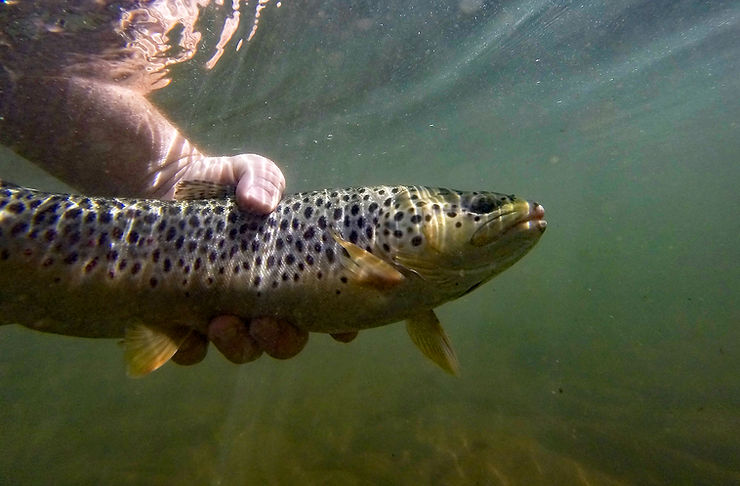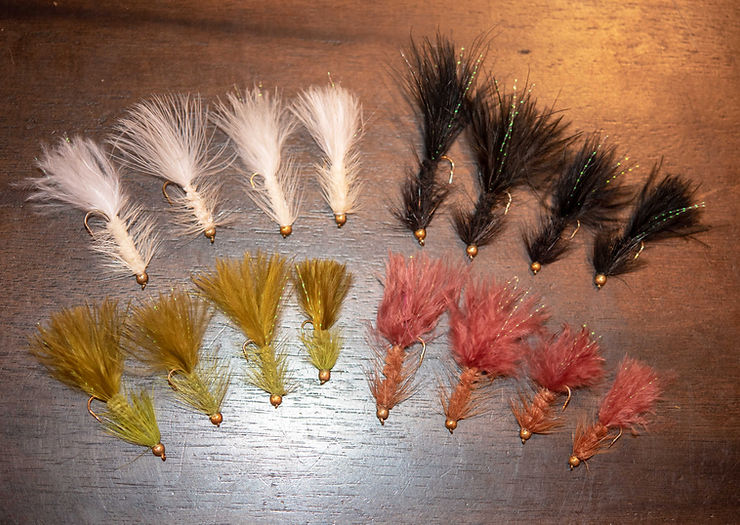Streamers for Fall Trout

Streamers imitate baitfish, crayfish, leeches, sculpin, and other aquatic insects that fish feed on year round. And it could be argued that the fall months are the best time of all to fish streamers as species such as Brown Trout, Brook Trout, and Steelhead begin their spawning runs and aggressively feed on baitfish in order to fatten up for their respective rituals.
In Fall, the mantra “big flies, big fish” certainly applies, but it’s important to keep things in perspective. Streamers are commonly tied on long-shanked hooks (2XL and up) and can be bulky, which gives them a larger profile than traditional nymphs and wet flies. In recent years, streamers have come to mean big, gaudy, articulated flies four inches and longer. These over-sized flies with names such as Meat Whistle, Peanut Envy, and Sex Dungeon are effective for big fall trout, but they’re also a pain to cast and retrieve all day. In truth, I’ve had more consistent success with streamers size 6 and smaller than I have on articulated versions. The boring old streamer patterns – such Woolly Buggers, Muddler Minnows, and Bunny Leeches – that have been around for decades are still some of the best.

Woolly buggers in a variety of colors are a must for fall fly fishing.
(Shop for Woolly Buggers and more in our Online Store. To receive a 25% discount off your entire order, use the promo code “25OFF” at checkout.)
Fly Selection and Presentation
The best way to find out whether you’re using a streamer that’s too big is if you’re getting a lot of chases or bumps but no hookups. Often, the bumps are trout nipping at the fly’s tail rather than committing to the strike and taking in the whole thing. Scale down your fly and hookups will increase.
Fall is unique, though, because spawning fish don’t always take a fly because they’re hungry. There’s also competition for prime spawning ground, and their territorial nature kicks in. Anything perceived as a threat can draw a strike, and sometimes that means you can get away with fishing bigger streamers now compared to other times of year. When I’m looking to capitalize on these types of situations, I prefer streamers that have some sort of flash or have colors similar to that of a spawning fish. For Steelhead, that means pink and silver, and for Brown and Brook Trout, flies that are orange or black with flash can be deadly.
Big fish, big flies, and big water all require a heavier rig. In bigger, fast-flowing rivers, 7- to 9-weight fast-action rods are preferred. For smaller streams, 5- to 6-weight fast-action rods seem about ideal. When Steelhead are on the docket, bigger is better regardless of stream size.
It could even be argued there’s no wrong way to fish streamers. The prey streamers imitate are dynamic. They seldom travel in predictable patterns and can head up or downstream on a whim or dart for cover to avoid predators. Most days, I prefer to cast quartering slightly downstream and then slowly retrieve it back up through the current. Other days, I’ll dead drift it under an indicator the same as I would a nymph.
The most common method is an active retrieve. Streamers are typically stripped, and the speed with which they’re stripped should depend on the mood of the fish. Lethargic fish require a slower presentation whereas aggressive fish will attack anything that resembles food, and those moods can change at a moment’s notice. As any avid Steelhead fisherman will tell you, never mind what worked yesterday; this is today. Every situation is unique, and every fish has its own temperament. Some simply won’t chase while others attack as soon as the fly hits the water.
In my experience, I miss more trout by fishing too fast than by fishing too slow. Sometimes, even in fast water, the trout just need time to identify the fly as food and be persuaded to react. Also, if you’re trying to spark a territorial response – and yes, big trout can be quite territorial – allowing the fly to hang near the fish an extra moment or two can trigger a strike.
There’s a reason fall is the best time to use streamers. Cooler water temperatures and the approaching spawn cause them to fatten up on the baitfish and other aquatic life that streamers are meant to imitate. Fished in a variety of ways and according to conditions, streamers are a great choice for fall trout and Steelhead.
Sign up for the Dark Skies Fly Fishing e-newsletter
It's free, delivered to your inbox approximately three times each month.
Sign Up Now